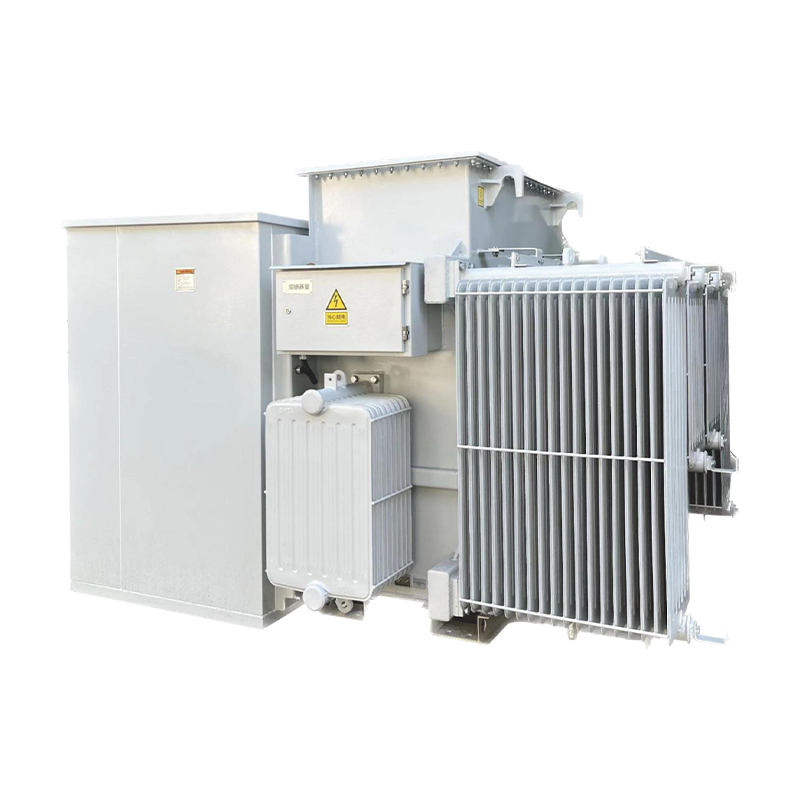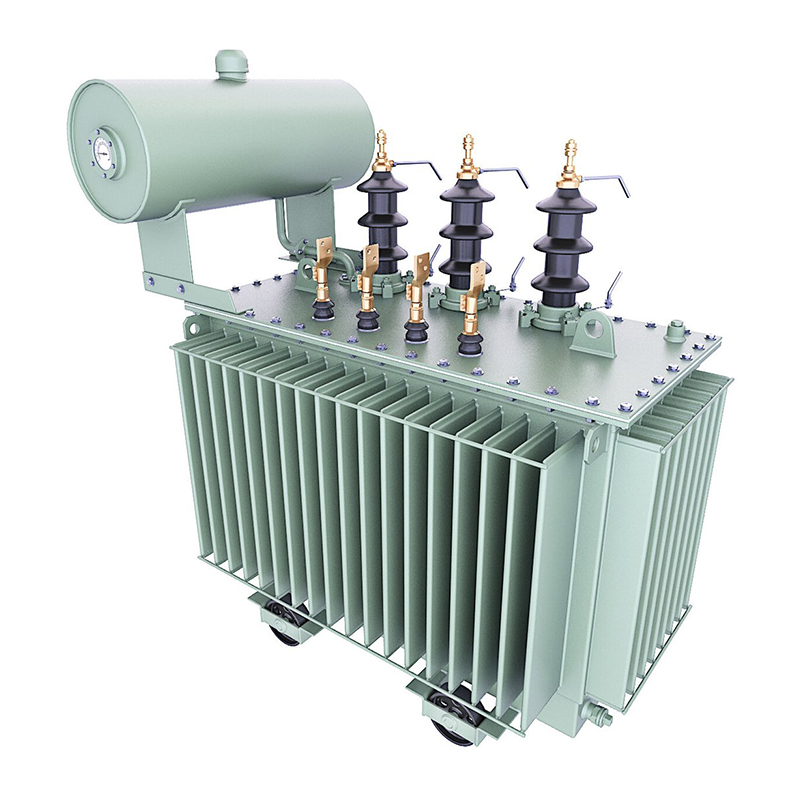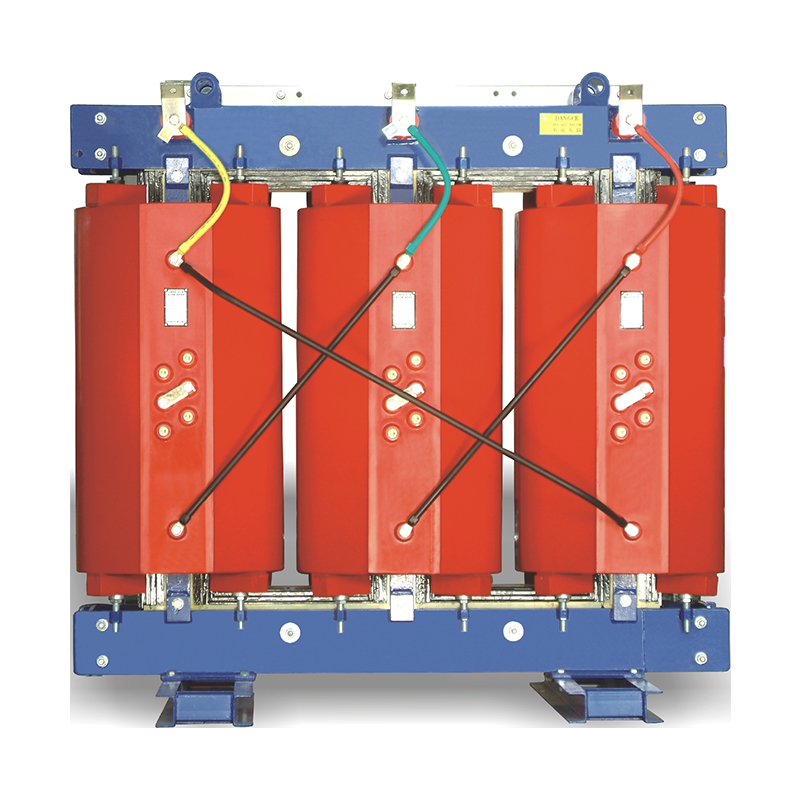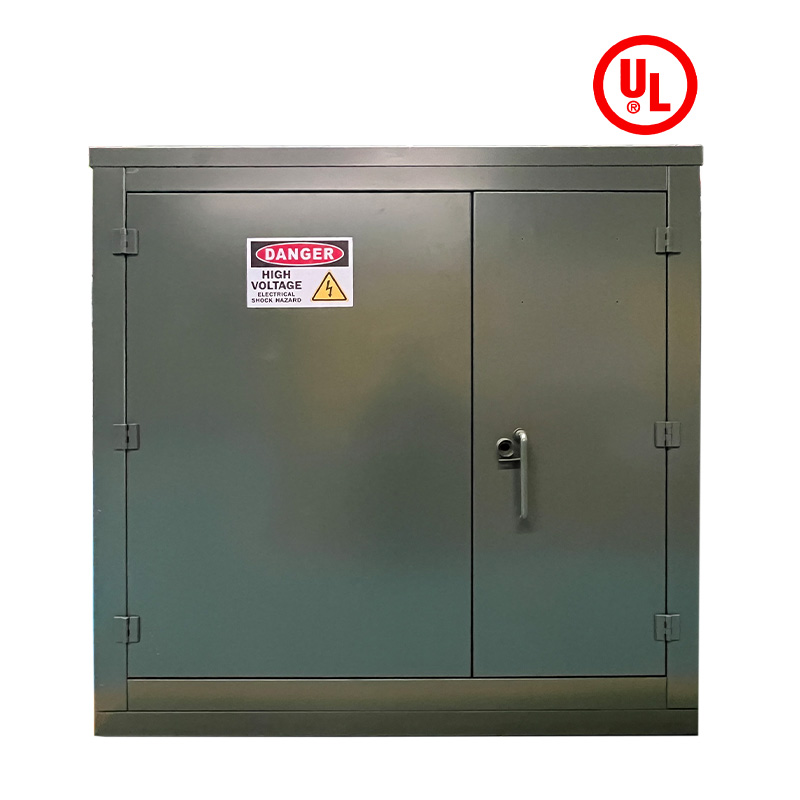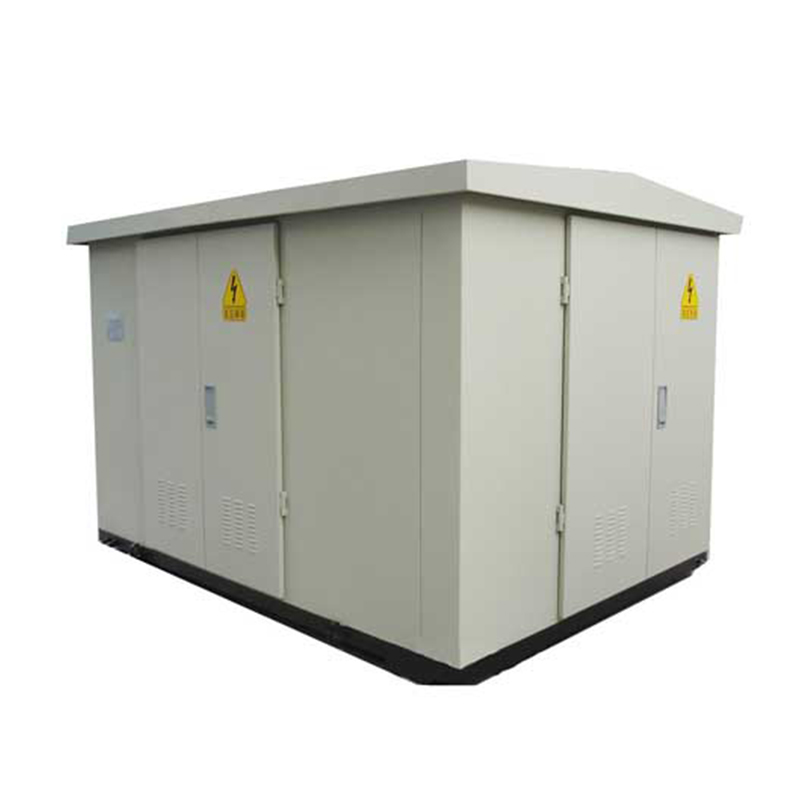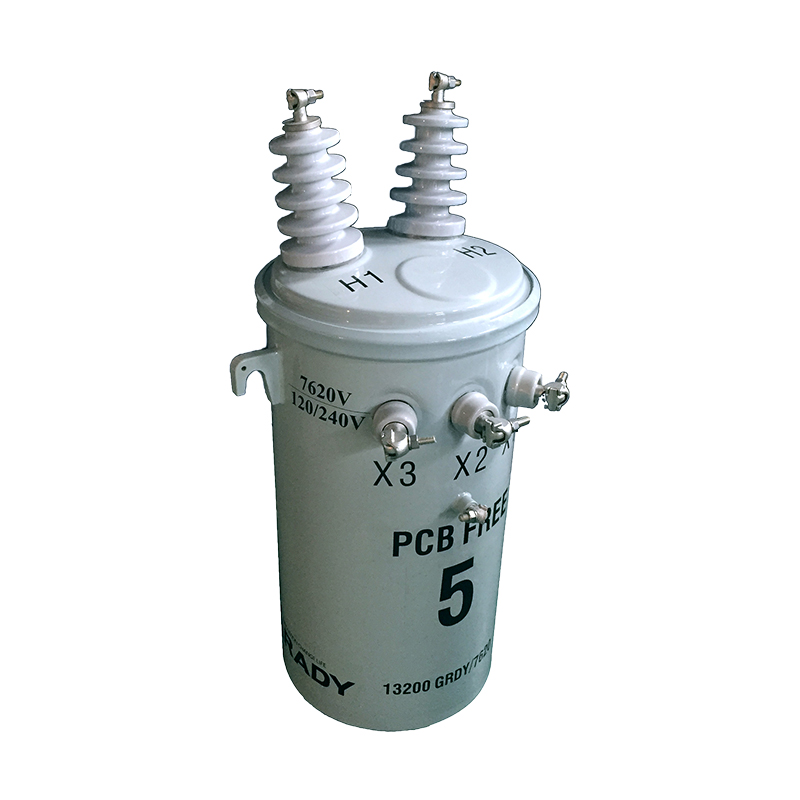How to Purchase and Safely Use Power Transformers: A Comprehensive Guide
Power transformers are critical components in power distribution systems, industrial operations, and even residential setups. Selecting the right transformer and operating it correctly ensures efficiency, safety, and longevity. This guide provides a step-by-step approach to purchasing transformers and outlines best practices for installation, maintenance, and troubleshooting.
Table of Contents
Understanding Your Requirements
Key Factors to Consider When Buying a Transformer
Evaluating Suppliers and Certifications
Installation Guidelines
Safe Operation and Maintenance
Troubleshooting Common Issues
Safety Precautions and Compliance
Future-Proofing Your Investment
Conclusion
1. Understanding Your Requirements
Before purchasing a transformer, define your technical and operational needs to avoid overspending or underperformance.
1.1 Load Analysis
Calculate Total Load: Sum the power ratings (in kVA or MVA) of all connected equipment. Include a 20–25% safety margin for future expansion.
Example: For a factory with ten 50 kW machines, total load = 10×50 kW=500 kW10×50kW=500kW. Convert to kVA (assuming power factor 0.8): 500 kW/0.8=625 kVA500kW/0.8=625kVA.Peak vs. Average Load: Determine if loads are continuous (e.g., data centers) or intermittent (e.g., elevators).
1.2 Voltage Requirements
Primary Voltage: Match the input voltage to your power source (e.g., 11 kV, 33 kV).
Secondary Voltage: Align output voltage with equipment needs (e.g., 400 V for industrial motors, 230 V for residential use).
1.3 Environmental Conditions
Indoor vs. Outdoor Use: Outdoor transformers require weatherproofing (IP55 rating or higher).
Ambient Temperature: High-temperature environments may need oil-immersed transformers with enhanced cooling.
Hazardous Areas: Explosion-proof designs (e.g., dry-type with cast resin) are mandatory for chemical plants.
1.4 Regulatory Compliance
Check local regulations (e.g., NEC in the U.S., IEC standards globally) for safety and efficiency mandates.
2. Key Factors to Consider When Buying a Transformer
2.1 Transformer Type
Oil-Immersed Transformers: Ideal for high-power applications (e.g., substations) but require fire safety measures.
Dry-Type Transformers: Safer for indoor use (hospitals, schools) with no flammable oil.
Specialized Types:
Autotransformers: Cost-effective for minor voltage adjustments.
Isolation Transformers: Protect sensitive equipment from electrical noise.
2.2 Efficiency Ratings
Energy Losses: Prioritize transformers meeting DOE 2016 (U.S.) or EU Tier 3 standards. High-efficiency models reduce lifetime costs.
No-Load Losses: Lower losses mean better performance during idle periods.
2.3 Core and Winding Materials
CRGO Steel Cores: Minimize hysteresis losses for energy savings.
Copper Windings: Higher conductivity and durability than aluminum, but costlier.
2.4 Cooling Systems
ONAN (Oil-Natural Air-Natural): Passive cooling for small transformers.
OFAF (Oil-Forced Air-Forced): Active cooling with fans and pumps for heavy loads.
2.5 Budget Considerations
Initial Cost vs. Lifetime Cost: High-efficiency transformers may cost 10–20% more upfront but save 30–50% in energy over 10 years.
Warranty: Opt for suppliers offering 5+ years of coverage for critical components.
3. Evaluating Suppliers and Certifications
3.1 Supplier Reputation
Experience: Choose manufacturers with 10+ years in the industry.
References: Request case studies or client testimonials (e.g., successful projects in your sector).
3.2 Certifications
ISO 9001: Ensures quality management systems.
IEEE C57.12.00: Compliance with performance and safety standards.
Environmental Certifications: RoHS (Restriction of Hazardous Substances) for eco-friendly designs.
3.3 Customization Options
Verify if the supplier can tailor:
Voltage taps (e.g., ±5% adjustment).
Enclosure materials (stainless steel for corrosive environments).
Smart monitoring systems (IoT sensors for predictive maintenance).
4. Installation Guidelines
4.1 Site Preparation
Foundation: Build a reinforced concrete base elevated 30 cm above ground to prevent flooding.
Clearance: Maintain 1–2 meters of space around the transformer for ventilation and maintenance access.
4.2 Electrical Connections
Cable Sizing: Use copper cables rated for 125% of the maximum load current.
Grounding: Install a low-resistance grounding system (<5 ohms) to prevent fault currents.
4.3 Commissioning Tests
Insulation Resistance Test: Verify winding insulation using a megohmmeter (minimum 1,000 MΩ).
Turns Ratio Test: Ensure the voltage ratio matches specifications.
Polarity Check: Confirm correct phase alignment for parallel operations.
5. Safe Operation and Maintenance
5.1 Routine Inspections
Monthly Checks:
Oil levels (for oil-filled units).
Unusual noises (buzzing indicates loose windings).
Annual Maintenance:
Clean bushings and cooling fins.
Tighten electrical connections.
5.2 Oil Testing and Replacement
Dissolved Gas Analysis (DGA): Detect faults like arcing (high acetylene) or overheating (methane/ethylene).
Oil Filtration: Remove moisture and particulates every 3–5 years.
5.3 Temperature Monitoring
Normal Range: 60–80°C for oil-immersed transformers; 100–120°C for dry-types.
Overload Protection: Install relays to trip circuits if temperatures exceed safe limits.
6. Troubleshooting Common Issues
6.1 Overheating
Causes: Overloading, blocked cooling vents, or degraded oil.
Solutions: Reduce load, clean vents, or replace oil.
6.2 Unusual Noises
Humming: Normal operation.
Loud Buzzing or Crackling: Loose cores/windings or internal arcing—shut down immediately.
6.3 Oil Leaks
Temporary Fix: Apply epoxy sealant.
Permanent Repair: Replace gaskets or welding joints.
7. Safety Precautions and Compliance
7.1 Personal Protective Equipment (PPE)
HV Work: Wear insulated gloves, face shields, and flame-resistant clothing.
Oil Handling: Use chemical-resistant gloves during oil changes.
7.2 Fire Safety
Oil-Immersed Units: Install firewalls, sand buckets, or automatic sprinklers.
Dry-Type Units: Ensure adequate ventilation to prevent dust ignition.
7.3 Legal Compliance
Lockout/Tagout (LOTO): Follow OSHA/NEBOSH guidelines during maintenance.
Environmental Disposal: Recycle oil and metals per local regulations.
8. Future-Proofing Your Investment
8.1 Smart Transformers
IoT Integration: Use sensors to monitor load patterns and predict failures.
Adaptive Cooling: AI-driven systems adjust fan speeds based on real-time temperatures.
8.2 Retrofitting Options
Eco-Friendly Fluids: Replace mineral oil with biodegradable esters.
Energy Recovery Systems: Capture waste heat for facility heating.
8.3 Upgrading for Renewable Energy
Grid-Interactive Transformers: Handle bidirectional power flow from solar/wind systems.
Harmonic Filters: Mitigate distortion caused by inverters.
9. Conclusion
Purchasing and operating a transformer requires careful planning, from load calculations to post-installation maintenance. By prioritizing efficiency, safety, and supplier reliability, you can maximize ROI and ensure uninterrupted power supply. As technology evolves, adopting smart and sustainable practices will keep your systems aligned with global energy trends.
Relatenews
- Architecture Design of IoT-Based Monitoring System for Power Transformers 2025-09-05 15:27:00
- Judgment Standards and Oil Change Process for Power Transformer Oil Deterioration 2025-09-05 15:23:00
- Design and Mechanical Strength Verification of Short-Circuit Withstand Capability for Power Transformers 2025-09-05 15:19:00
- The Role of Power Transformers in Voltage Regulation within Power Systems 2025-08-25 08:14:00
- Environmental Regulations and Technical Measures for Power Transformer Noise Control 2025-08-25 08:12:00
- The Application of Big Data Analytics in Power Transformer Fault Prediction 2025-08-25 08:11:00
- Impact of Distributed Generation Integration on Load Characteristics of Power Transformers 2025-08-16 09:43:00
- Conditions and Protection Coordination Strategies for Parallel Operation of Power Transformers 2025-08-16 09:42:00





